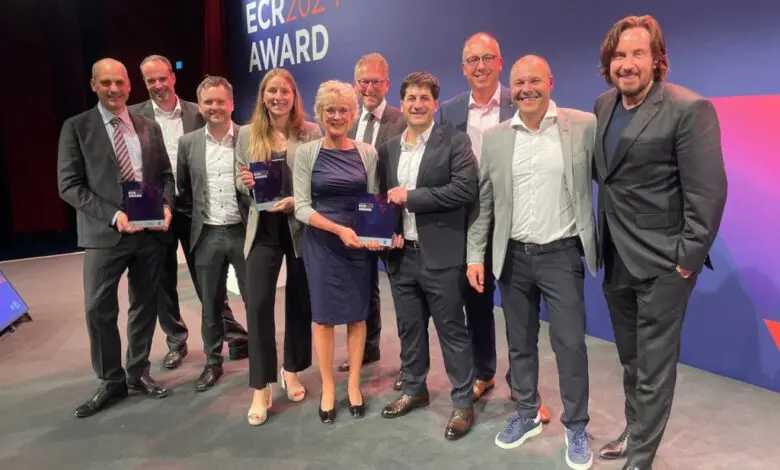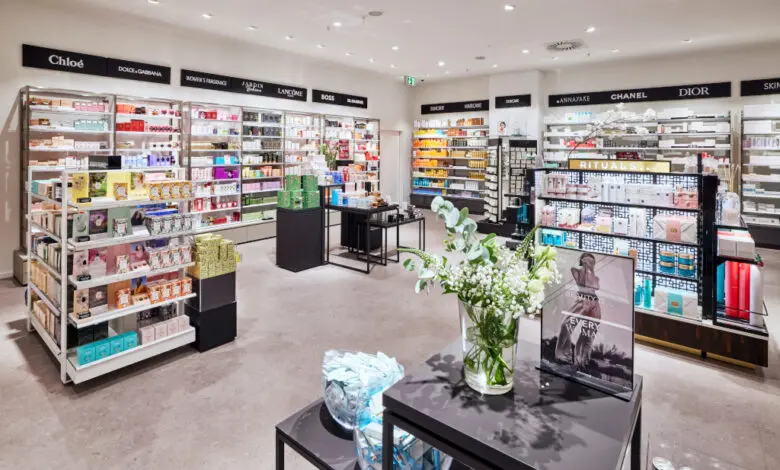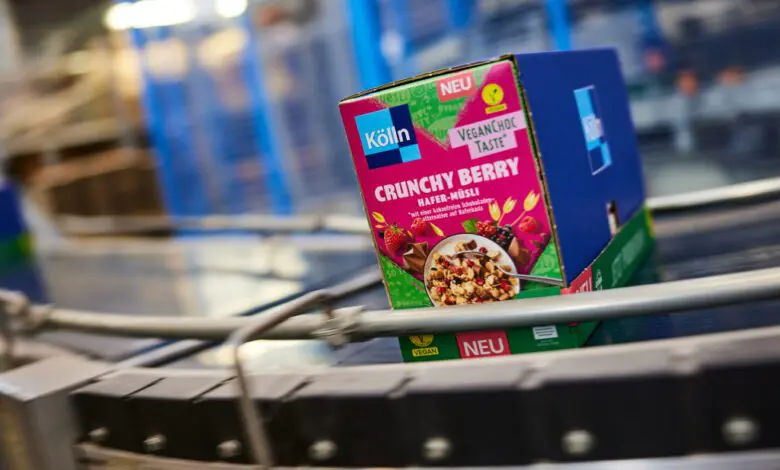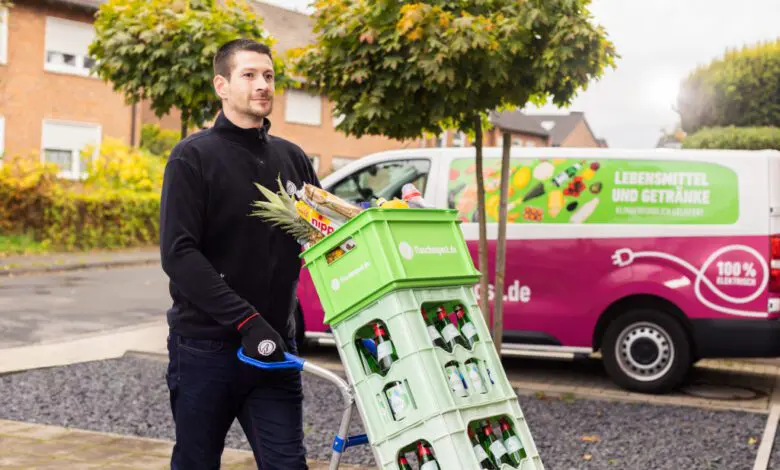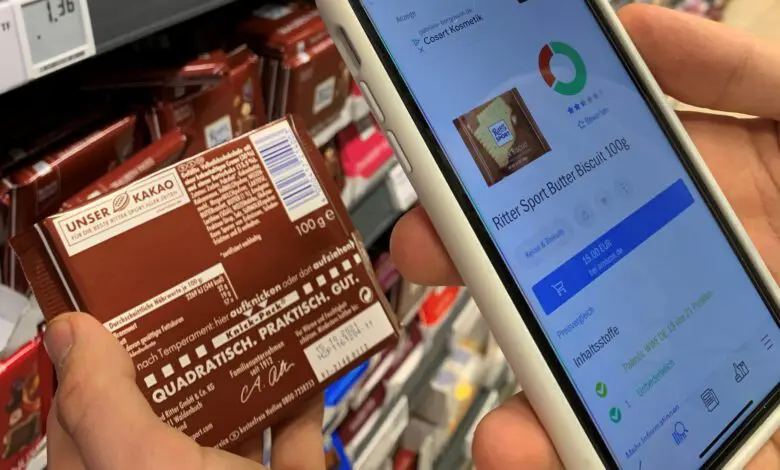Mäurer & Wirtz is working with Bayard on implementing an intelligent Product Information Management (PIM) system that will enable the company to aggregate product information from different sources and manage it efficiently. The manufacturer of branded fragrances will use this system to provide the retailers with quality-checked product content tailored to their requirements.
Read more >>Bayard
BAYARD, a company of the Markant Group, enables companies to lay the foundations for digital commerce with data syndication services. With long-standing experience in product content management consulting, comprehensive competencies in the implementation of PIM solutions and its own BYRD technology, the experts at BAYARD are the right partners for digital transformation.
With BYRD, BAYARD offers an intelligent product content lifecycle management technology with industry-specific solution packages that can be used immediately without any customisation or implementation effort. BYRD not only includes customised modules for Product Information Management (PIM), Product Content Syndication, Product Content Aggregation and AI-based product classification, but also the established GS1-certified GDSN data pool b-synced.
Retail companies such as the Schwarz Group, Douglas, Migros and Colruyt, consumer goods manufacturers such as Danone, the Radeberger Group, Werner & Mertz and Cosnova have significantly improved their data quality and efficiency in procurement, aggregation and syndication of product content with the help of BAYARD’s services.
https:/bayard.gmbh
https://byrd.io

NIQ Brandbank is switching its connection to the Global Data Synchronisation Network (GDSN) to Bayard's Byrd b-synced technology. The Nielsen company is thus replacing its existing GDSN data pool technology with Bayard's solution.
Read more >>Together with Mondelēz International, Markant Group and its subsidiary Retail.ai developed the Product Wizard, which uses generative artificial intelligence to create channel- and target group-specific product descriptions. The solution won this year's GS1 Germany ECR Award in the Innovation Excellence category.
Read more >>BIC is using the services of Bayard to optimise its product content management. The product content specialist, part of the Markant Group, is reviewing and implementing the Global Data Synchronisation Network (GDSN) data model in the complex European market.
Read more >>Using Bayard's Byrd technology, the Douglas Group has optimised its master data procurement consistently across its bricks and mortar and e-commerce businesses. The solution enables Europe's leading omnichannel premium beauty provider to carry out automated quality checks of product content from its suppliers.
Read more >>The renowned branded goods manufacturer Peter Kölln, which alongside its famous flakes also sells muesli, cereals, oils and vegetable fats to retailers in 23 countries, will switch to Bayard’s GDSN data pool b-synced by the end of January 2024. Going forward, the food producer wants to supply retailers with product content of its around 500 products via GDSN not only…
Read more >>Online supermarket Flaschenpost, which is part of the Oetker Group, has opted for Bayard's Byrd technology to receive its suppliers' product content more efficiently, more completely, with higher data quality and to integrate it into its systems. Bayard has been majority-owned by the Markant Group since February of this year.
Read more >>Karlsberg Direkt has opted for Byrd from the specialists Bayard – which has been part of the Markant Group since the beginning of the year – as its consistent Product Information Management (PIM) solution. The beverage wholesaler of Karlsberg Group in Saarland aims to deploy a consistent product data platform to receive quality-checked product content for its online shop from…
Read more >>Louis Pion, the jewellery and watch specialist belonging to the French department store group Galeries Lafayette, has chosen Bayard's Byrd platform to receive quality-assured, validated product content from its suppliers, also for its online shop. The company is working closely with GS1 France, which is currently bringing the GDSN standard to the jewellery and watch industry.
Read more >>GS1 Germany sells Atrify to 1Worldsync. The divestment unexpectedly reunites two major GDSN data pools. The 1Worldsync joint venture had only been separated in 2019, as GS1 US withdrew from the data pool business as one of the shareholders.
Read more >>


